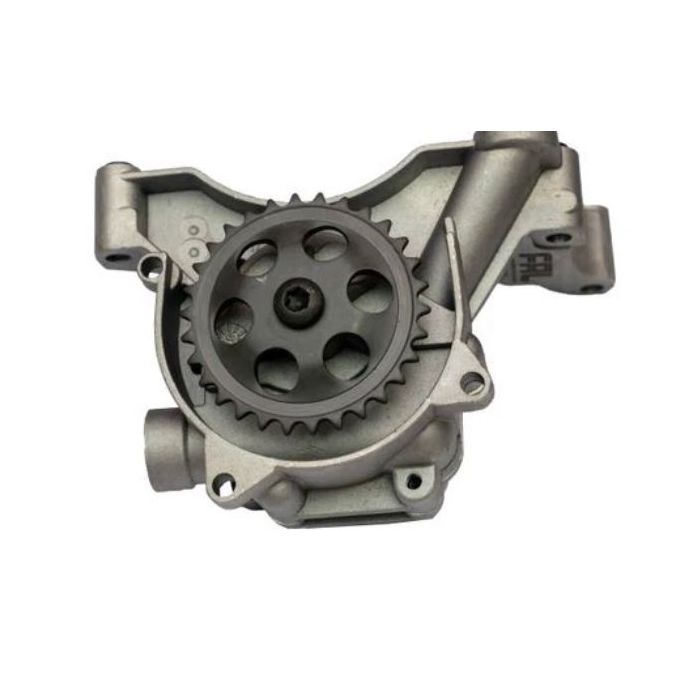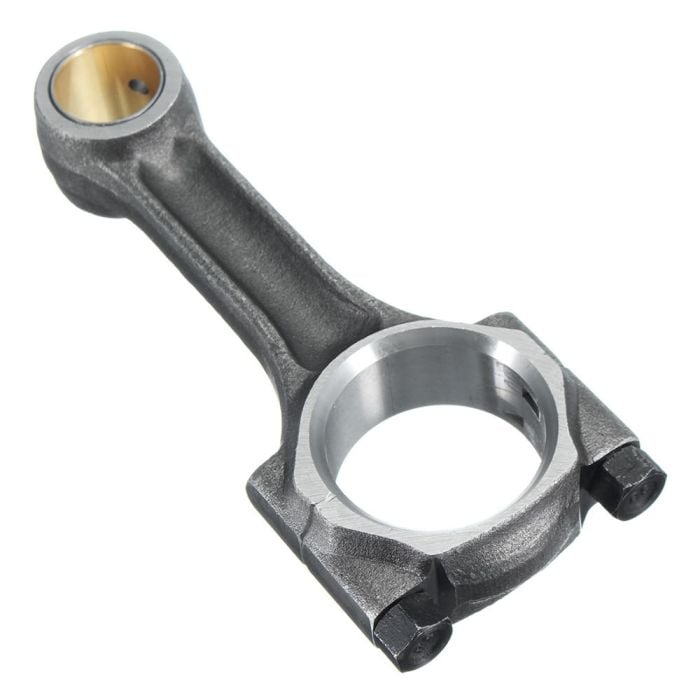Maximize productivity with a powerful clp engine.
Maximize productivity with a powerful clp engine.
Blog Article
Just How a Clp Engine Can Boost Effectiveness in Various Industries
The advent of CLP engines marks a significant change in operational performance throughout various sectors, driven by their capacity to enhance fuel consumption and decrease downtime. As companies progressively focus on sustainability along with effectiveness, the role of CLP engines becomes also much more important.
Overview of CLP Engines
CLP engines, or Continuous Fluid Propellant engines, represent a substantial development in propulsion modern technology, especially for room applications. These engines utilize a continuous feed system that enables for the continual expulsion of propellant, causing enhanced performance and performance compared to typical strong or hybrid propulsion systems. By maintaining a constant circulation of fluid propellant, CLP engines can achieve a lot more exact drive control, which is important for maneuvering spacecraft in different mission circumstances.
The style of CLP engines incorporates sophisticated materials and innovative fuel monitoring systems. clp engine. This causes minimized weight and increased dependability, important factors for long-duration room goals. The continuous operation decreases the threat of combustion instability, a common challenge in standard rocket engines.

Benefits in Production
The manufacturing of Continual Liquid Propellant (CLP) engines offers numerous significant benefits that enhance both performance and cost-effectiveness. Among the primary benefits is the streamlined production procedure, which lowers the intricacy related to traditional propulsion systems. By using liquid propellant, suppliers can accomplish better accuracy in engine efficiency, resulting in optimized power outcome and minimized waste.
Furthermore, CLP engines assist in a greater level of modularity, permitting easier combination into different manufacturing lines. This adaptability can substantially lower lead times and improve overall operational versatility. Making use of CLP technology also tends to minimize the demand for comprehensive maintenance as a result of fewer moving components, which equates right into lowered downtime and operational prices.

Applications in Logistics
Leveraging Continuous Liquid Propellant (CLP) engines in logistics uses considerable benefits in operational performance and integrity. These engines offer a durable service for various transport demands, enabling the seamless motion of items across substantial ranges. The intrinsic style of CLP engines permits consistent power result, which converts into smoother and much more predictable transportation routines.
Among the key applications of CLP engines in logistics remains in durable freight transport, where they can drive both ground and airborne cars. Their ability to keep high efficiency under differing tons conditions makes certain that shipment timelines are satisfied, thereby enhancing consumer complete satisfaction. Additionally, CLP engines can be incorporated right into automated logistics systems, facilitating real-time monitoring and enhancing course preparation.
Additionally, the durability of CLP engines lowers maintenance downtime, enabling logistics firms to optimize their functional capabilities. This is particularly valuable in warehousing operations, where effectiveness in managing and delivering goods is essential. As logistics proceeds to visit this site progress, the integration of CLP engines stands for a forward-thinking method that not just improves performance but likewise supports the industry's expanding needs for reliability and rate.
Effect On Power Efficiency
Exactly How do Constant Fluid browse around here Propellant (CLP) engines boost power efficiency in transport? CLP engines make use of a constant circulation of liquid fuel, enhancing combustion procedures and preserving a secure drive output. This design decreases power losses related to typical burning engines, where fuel delivery can vary and bring about inadequacies.
The continual operation of CLP engines enables a much more effective thermal cycle, leading to greater particular impulse compared to traditional engines. clp engine. This translates to reduced gas intake for the exact same amount of job done, dramatically lowering operational costs across numerous transport fields, consisting of aeronautics and maritime markets
In addition, the ability of CLP engines to preserve ideal efficiency under varying load problems reduces the requirement for regular acceleration and deceleration, even more enhancing fuel performance. Improved power effectiveness not just adds to set you back financial savings but additionally results in lower greenhouse gas emissions, aligning with global sustainability goals.
Future Trends and Innovations
Emerging improvements in Continuous Fluid Propellant (CLP) engine technology assurance to change the landscape of transport performance and sustainability. As markets pivot toward greener choices, CLP engines stand at the center, integrating cutting-edge products and design approaches that boost performance while lessening environmental impact.
Among one of the most encouraging fads is the he has a good point fostering of hybrid systems that incorporate CLP engines with renewable resource resources. This harmony can optimize fuel consumption and lower emissions, aligning with international sustainability goals. Developments in computational fluid characteristics (CFD) are facilitating the layout of more aerodynamically reliable engines, leading to lowered drag and enhanced fuel efficiency.
Furthermore, the development of wise monitoring systems is readied to improve operational efficiencies. These systems leverage information analytics and IoT modern technology to maximize engine performance in real-time, ensuring that the engines operate within their most efficient specifications.
As research study remains to check out different propellant solutions-- such as biofuels and artificial fuels-- the future of CLP engines looks encouraging. By using these developments, markets can not only boost their efficiency yet likewise add substantially to a cleaner, a lot more sustainable future in transportation.
Conclusion
In verdict, CLP engines stand for a substantial innovation in effectiveness across multiple industries. The combination of advanced products and fewer moving parts reduces upkeep requirements, while alignment with sustainability objectives placements CLP engines as an essential modern technology for the future.
Report this page